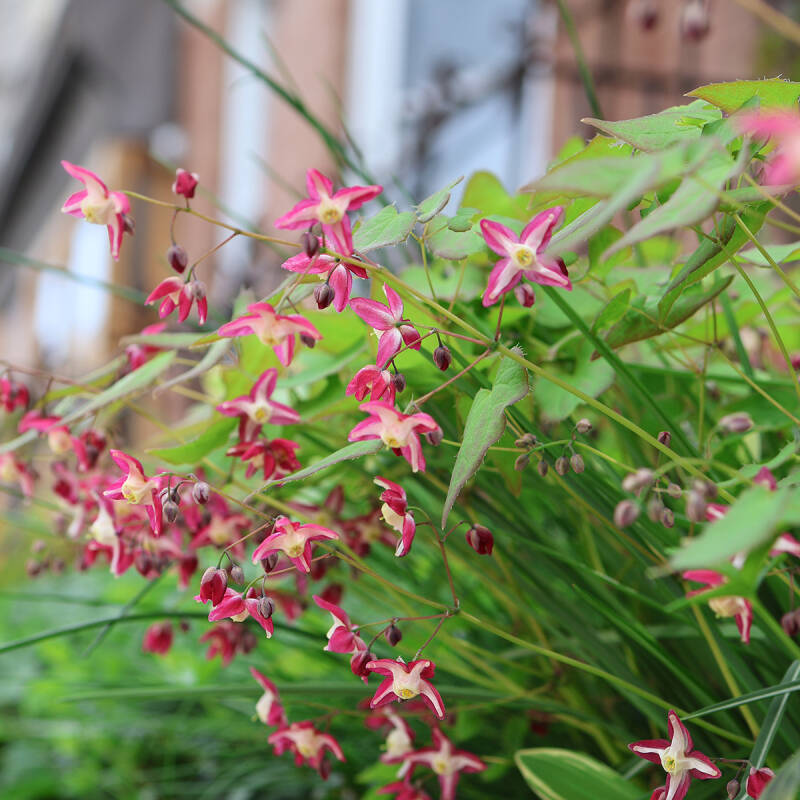To deadhead or not to deadhead—that is the question.
Perhaps you’re new to gardening or maybe you have some new plants you’re not familiar with in your garden, and you want to know, do you need to deadhead? The answer is, it depends.
Deadheading is the process of cutting off spent blooms. That in itself is simple. It gets complicated because different plants have different needs. And gardeners have different needs. Deadheading is highly dependent on the type of plant and the type of gardener.
Featured photograph by John Merkl for Gardenista, from Gardening 101: How to Prune Roses.
Why should you deadhead?

- To promote a new flush of flowers. Roses, tickseed, coneflower, and delphinium are just a few of the perennial flowers that that will have a second round of blooms when you deadhead. Most annuals, like marigolds, sages and zinnias, will also continue to send out flowers if deadheaded.
- To redirect the plant’s energy from seed-making to growing more flowers, roots, and leaves. Sometimes you want a stronger plant, and you want the plant to focus on building a stronger root system.
- To prevent the plant from going to seed. Sometimes you don’t want more of the same plant.
When should you not deadhead?

- If you want more of the same plants! Columbine self-seeds with abandon. They are a short-lived perennial, and their self seeding allows them to spread in your garden.
- If you have biennials, and you want them to complete their two year life cycle. The first year is all leaves; the second year, the plant produces a flower and then dies. Foxglove is an example. Allowing it to go to seed will yield more foxgloves in the following years.
- If you want to provide food for the birds. Coneflowers are a favorite of goldfinches. They are late nesters, which aligns with when the coneflower seed heads are ripe in late summer.
- If you want to provide food for wildlife during the cold months. In the late summer and early fall, leave the seed heads for food for wildlife over the winter months.
Whether you deadhead or not, is a mix of personal choice and the type of plant. A bit of research can help you figure out which is best for your garden.
See also:
- DIY: How to Clean and Care for Garden Pruners
- 10 Easy Pieces: Garden Pruners
- Ask the Expert: 7 Tips to Grow Cut Flowers in a Tiny Garden, from Floret Farm












Have a Question or Comment About This Post?
Join the conversation